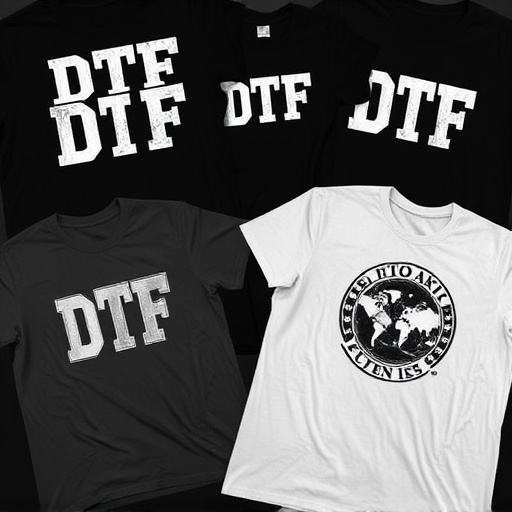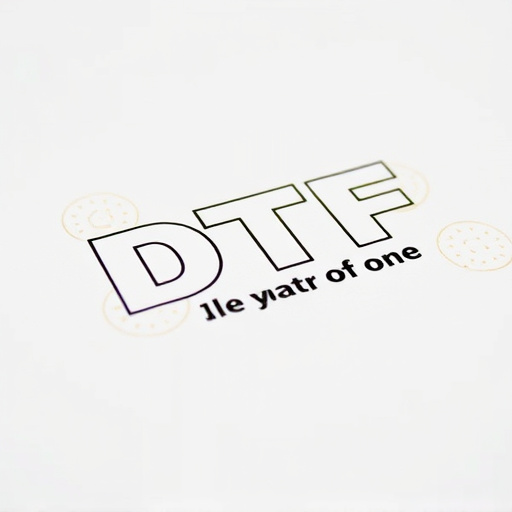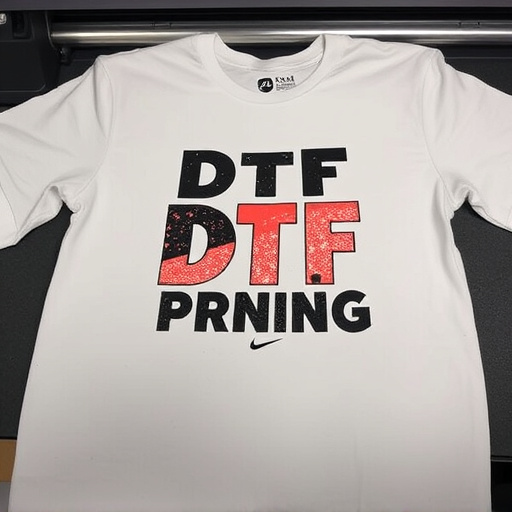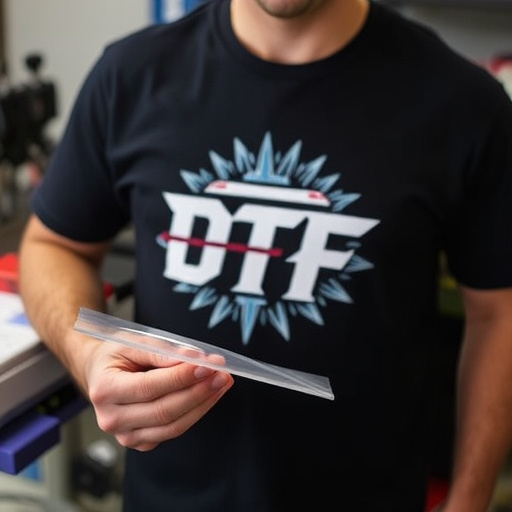Implementing efficient bulk DTF (Direct to Fabric) transfers demands strategic planning, including aligning production schedules with printing processes, fostering team communication, and adopting standardized design requirements. Optimize your workflow by assessing current processes, identifying bottlenecks, and automating tasks like file validation and data entry. Seamlessly integrate bulk DTF transfers into existing operations for enhanced productivity and responsiveness, ensuring effective inventory management and streamlined order processing, especially for custom orders.
In today’s fast-paced business landscape, optimizing workflows is key to staying competitive. One powerful strategy gaining traction is leveraging Bulk DTF Transfers. This article explores how these data transactions can streamline operations and enhance efficiency. We’ll delve into understanding the benefits of Bulk DTF Transfers, providing strategies for seamless integration into existing systems, and offering insights on optimizing your workflow post-implementation.
- Understanding Bulk DTF Transfers and Their Benefits
- Strategies for Seamless Integration of Bulk Transfers
- Optimizing Your Workflow Post-Bulk Transfer Implementation
Understanding Bulk DTF Transfers and Their Benefits
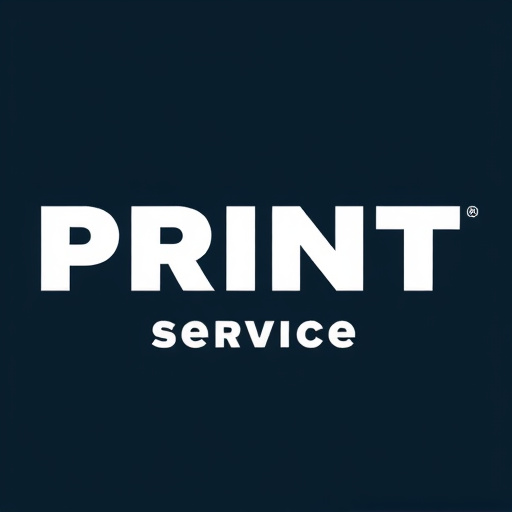
Bulk DTF Transfers have emerged as a game-changer for businesses and designers looking to streamline their workflow and boost productivity. These transfers involve the simultaneous movement of multiple design files, typically in bulk format, from one system or platform to another. By employing this method, users can efficiently manage and transfer complex designs, ensuring a seamless process from concept to production.
One of the key advantages of Bulk DTF Transfers is their ability to save significant time and effort. Instead of manually transferring each design file individually, users can batch process multiple files at once, automating a tedious task and reducing human error. This benefit is especially valuable for businesses dealing with dtf custom orders or managing intricate dtf design transfers, as it allows them to cater to client demands more efficiently. By optimizing the transfer process, companies can focus their resources on creativity and innovation, ultimately enhancing their overall productivity.
Strategies for Seamless Integration of Bulk Transfers

When implementing bulk DTF (Direct to Fabric) transfers, seamless integration is key to a streamlined workflow. Start by aligning your production schedule with the DTF printing process, ensuring that fabric cuts and printing are coordinated efficiently. This involves careful planning and communication between design, print, and production teams. Adopting standardized DTF design requirements across departments can significantly simplify the process, minimizing errors and miscommunications.
Additionally, integrating DTF transfers into your existing system requires considering the entire DTF printing process. This includes the procurement of suitable equipment, ensuring proper material handling, and establishing clear protocols for quality control. For businesses handling DTF custom orders, implementing digital inventory management systems can help track fabric stocks, order materials promptly, and maintain a consistent flow of production, thereby enhancing overall efficiency.
Optimizing Your Workflow Post-Bulk Transfer Implementation

After successfully implementing bulk DTF transfers, it’s crucial to optimize your workflow to ensure maximum efficiency and productivity. The first step is to assess your current processes and identify bottlenecks or inefficiencies that may have been exacerbated by the transition. For instance, if you’ve experienced delays due to errors in DTF file preparation, investing time in streamlining this stage can significantly enhance overall speed and accuracy.
Consider implementing automated solutions for validating and checking DTF files before transfer, as well as setting up efficient communication channels with your team to address any issues promptly. Additionally, reviewing and refining your data entry processes post-transfer can further optimize the entire workflow. Aiming for a seamless integration of bulk DTF transfers into your established operations will ultimately lead to a more productive and responsive work environment.
Implementing bulk DTF transfers can significantly streamline your workflow, enhancing efficiency and productivity. By understanding the benefits, strategically integrating this process, and optimizing post-transfer activities, businesses can harness the full potential of bulk data transfers to stay competitive in today’s fast-paced digital landscape. Remember that continuous evaluation and refinement are key to maintaining an optimal and adaptable workflow.








